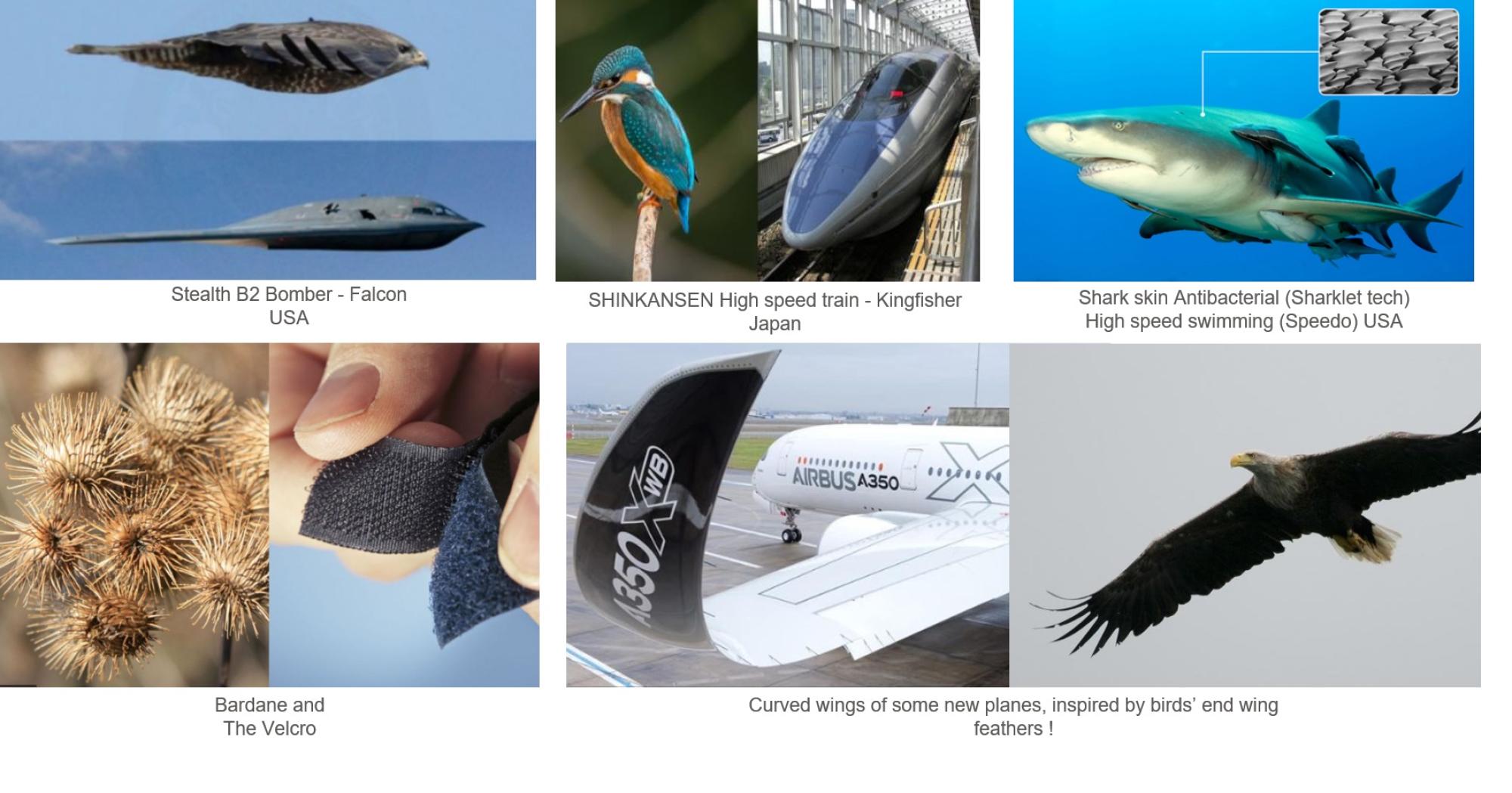Related Stories
How Nature Inspires Technology: The Field of Biomimicry
Key Excerpts from Article on Website of Mirage

Posted: August 12th, 2024
https://www.miragenews.com/how-nature-inspires-technology-th...
Biomimicry is grounded in the concept that nature, with its 3.8 billion years of evolution, has already solved many of the problems we grapple with today. Animals, plants, and microbes are the consummate engineers. Rather than designing new technology from scratch, scientists and engineers often look to nature for inspiration. In its approach, biomimicry involves three essential aspects: Emulating natural forms, mimicking natural processes, and imitating ecosystems. Nature operates under specific principles: it runs on sunlight, uses only the energy it needs, fits form to function, recycles everything, rewards cooperation, banks on diversity, demands local expertise, curbs excesses from within, and taps the power of limits. By aligning our technologies and practices with these principles, we can create not only innovative but also sustainable solutions to our challenges. Architects and engineers are designing buildings that mimic termite mounds, which maintain constant temperature despite external fluctuations. This biomimetic approach reduces energy consumption for heating and cooling. The self-cleaning properties of lotus leaves have inspired a whole range of products. The microscopic structure of a lotus leaf repels water and dirt particles. Today, we have self-cleaning paints and fabrics based on this principle. The bumps on the fins of humpback whales, called tubercles, increase their efficiency in water. Applying this concept to the design of wind turbines has led to blades that produce power more efficiently. Corals can heal themselves by producing an organic mineral in response to physical damage. Scientists have mimicked this process to create a type of concrete that can "heal" its own cracks.
Note: Explore more positive stories like this on healing the Earth and technology for good.
Related Stories
Top Inspiring News Articles
Top Inspiring News Articles from Years Past

























































































